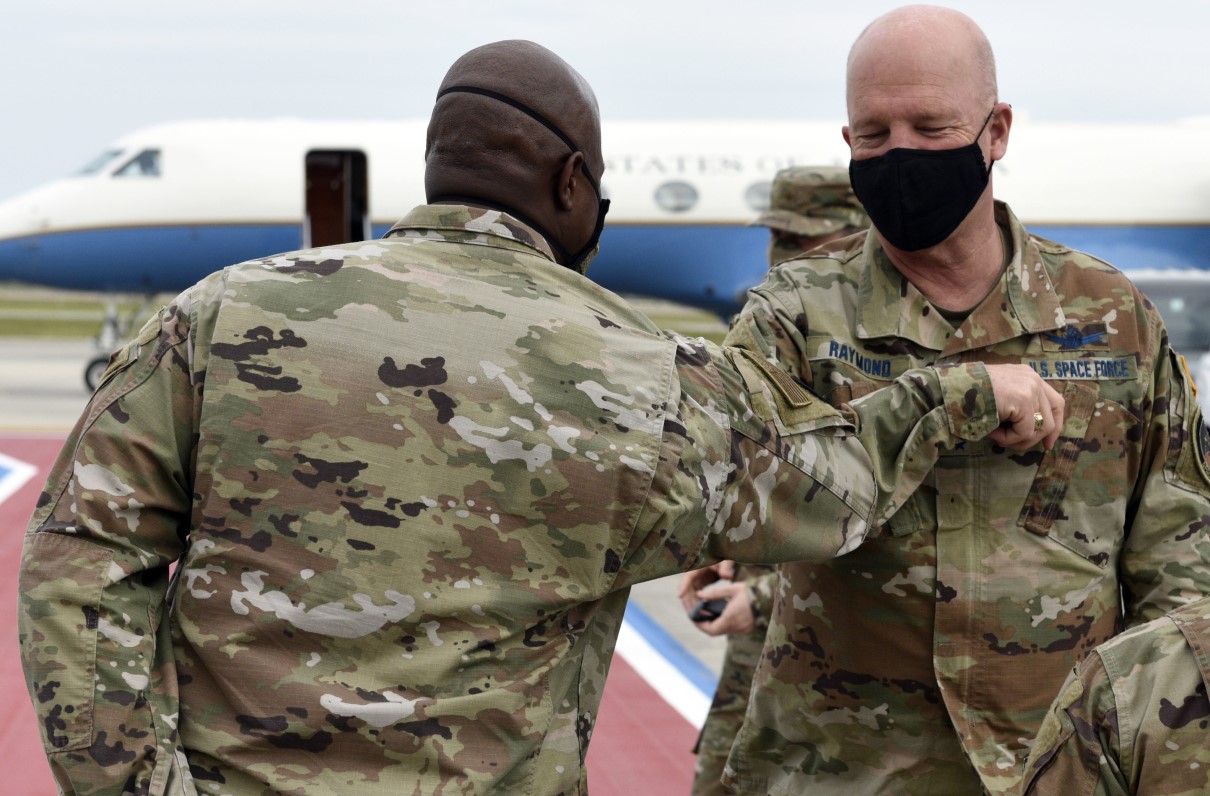Editor’s note: This article by Oriana Pawlyk originally appeared on Military.com, a leading source of news for the military and veteran community.
House lawmakers have signed off on a proposal calling for the military's sixth branch to adopt the Navy's ranks and structure.
The amendment to the 2021 National Defense Authorization Act, proposed by Rep. Dan Crenshaw, R-Texas, would require the Space Force to use "the same system and rank structure as is used in the Navy," according to a summary of the text. Crenshaw, a former Navy SEAL, medically retired as a lieutenant commander.
The House approved proposed amendments to the NDAA legislation in a 336-71 vote Monday; it is expected to vote on the overall bill this week.
"A good reason to use Navy ranks in the Space Force is to better distinguish [Space Force] personnel from Air Force personnel, kind of like [the Marine Corps] using different ranks than the Navy," Todd Harrison, director of the Aerospace Security Project at the Center for Strategic & International Studies, said last week via Twitter.
Harrison had previously told Military.com that Gen. John "Jay" Raymond, head of the Space Force, getting the title of "chief of space operations" is similar to the Navy's "chief of naval operations" role -- hinting that the newest branch of the military could follow in the Navy's footsteps.
A naval command structure would align with strategic similarities space operations have to laws of the sea, Lt. Col. Peter Garretson, then-deputy director of the Schriever Scholars program at Maxwell Air Force Base, Alabama, said in an interview last year. He has since retired.
[RELATED: Servicemembers Stuck by Travel Ban to Get Lease Relief Under New Law]
"In maritime theory, navies exist in order to secure commerce," he said.
The space domain, Garretson explained, has evolved beyond putting equipment in orbit to extract information and now involves fast, free movement for commercial purposes, much like ocean shipping routes. The commercialization of space will evolve even faster with businessmen such as Jeff Bezos and Elon Musk, who are monetizing the domain and plan to create space colonies, he said.
"Once that happens, it starts to look a lot more like naval power -- the logistics, location," Garretson said last year.
The Space Force has yet to disclose its rank structure, but last month announced how its personnel will be organized, down to the squadron level.
The service will operate with three primary field commands: Space Operations Command (SpOC), which will support combatant commanders with Space Force personnel and capabilities; Space Systems Command (SSC), which will acquire space systems from industry; and Space Training and Readiness Command (STARCOM), which will be responsible for training space professionals, according to a news release.
In the Air Force, the service headquarters has subordinate major commands, which are composed, in descending order, of a numbered air force, wing, group, squadron and flight.
By comparison, the Space Force will have only three echelons of command: field commands, deltas and squadrons, officials said.
Other pending Space Force decisions include uniform updates, insignia and a logo design. Officials are also deciding what to call its members.
Support The MOAA Foundation
Donate to help address emerging needs among currently serving and former uniformed servicemembers, retirees, and their families.
